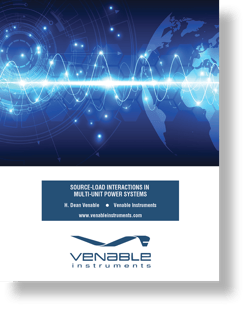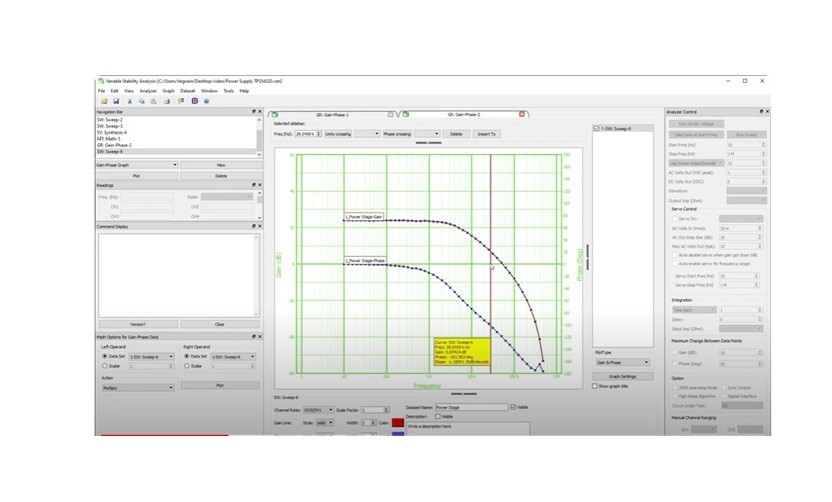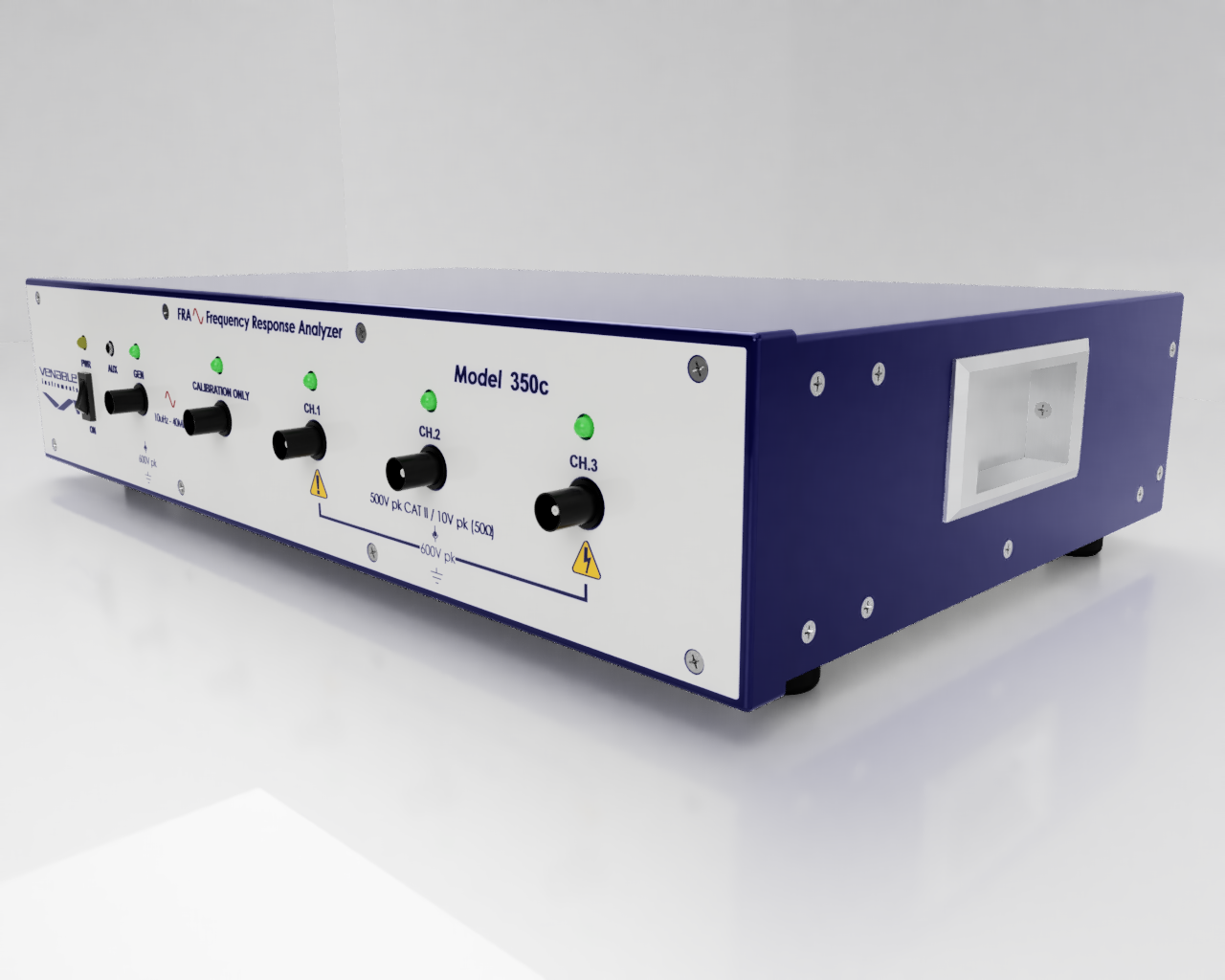White Paper: Source-Load Interactions in Multi-Unit Power Systems
Download the white paper today.
WhITE PAPER
Source-Load Interactions in Multi-Unit Power Systems

• Input Filter Considerations
• L-C Filter With Damping
• Negative Resistance Load
• Relative Placement of Filter Resonance and Power Supply Bandwidth
• Power Supply with Input Filter
• Dual Nature of Filters
• Effect of Input Filter on Transfer Function
• Effect of Filter on Feedback Loop Transfer Function
• Testing Impedance
• Relative Source and Load Impedance
• Effect of Feedback Loop on Power Supple Output Impedance
• Crossover Below Output L-C Corner
• Crossover About Output L-C Corner
• Crossover Above Output L-C Corner with Under-Damped Filter
• One Supply Driving Another
• One Power Supply Driving Several-Others
Download this white paper to learn best-practices for source-load interactions. Complete the form on the right to gain access.
Download White Paper
Fill out this form to gain access to this white paper.
About Venable
Venable provides scalable energy storage and power systems test solutions for precise voltage, current, and frequency measurements, partnering with engineers to ensure battery and power systems around the world will meet stringent field performance demands.
Recent news
Subscribe
Subscribe to our blog to receive emails and updates on scalable power and energy systems test solutions from Venable Instruments.
Contact us
8656 SH 71 West
Cuesta Centre, Building E
Austin, TX 78735
Office: 512-949-3100
Fax: 512-949-3151


